-
 bitcoin
bitcoin $108842.957301 USD
-1.88% -
 ethereum
ethereum $3931.777121 USD
-1.66% -
 tether
tether $1.000186 USD
-0.03% -
 bnb
bnb $1153.250882 USD
-2.20% -
 xrp
xrp $2.367904 USD
-1.94% -
 solana
solana $186.182050 USD
-4.20% -
 usd-coin
usd-coin $0.999997 USD
0.00% -
 tron
tron $0.316949 USD
-1.00% -
 dogecoin
dogecoin $0.190780 USD
-3.12% -
 cardano
cardano $0.651324 USD
-2.67% -
 hyperliquid
hyperliquid $37.141055 USD
-0.85% -
 ethena-usde
ethena-usde $0.999224 USD
-0.09% -
 chainlink
chainlink $17.579031 USD
-2.47% -
 bitcoin-cash
bitcoin-cash $509.426284 USD
-2.79% -
 stellar
stellar $0.315298 USD
-2.93%
How to avoid high gas fees when withdrawing from KuCoin?
Gas fees on KuCoin depend on the blockchain network chosen for withdrawal, with costs varying based on congestion and network type.
Oct 14, 2025 at 05:18 pm
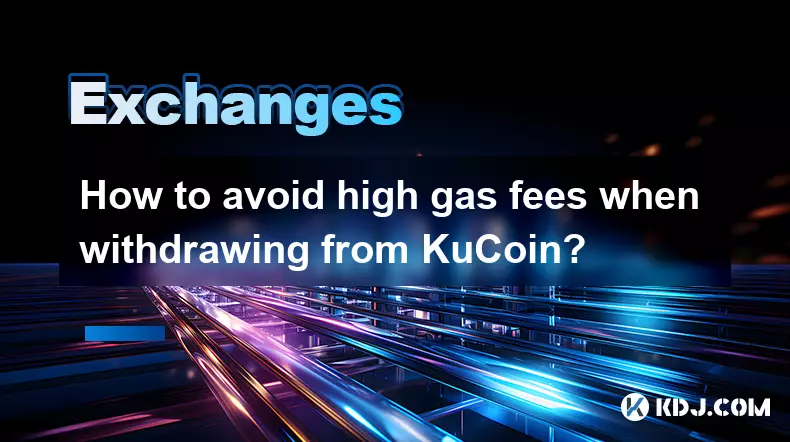
Understanding Gas Fees on KuCoin
1. Gas fees are network charges applied when transferring cryptocurrencies from your KuCoin wallet to an external address. These fees are not set by KuCoin but are determined by the blockchain network being used, such as Ethereum, Binance Smart Chain, or Polygon. The congestion level of the network directly impacts how high the fee will be at any given time.
2. Different blockchains have different fee structures. For instance, Ethereum typically has higher gas fees during peak usage times due to its popularity and limited throughput. In contrast, networks like Solana or Avalanche offer lower transaction costs because of their more scalable architectures.
3. KuCoin provides users with selectable networks for withdrawals. When initiating a withdrawal, you can choose which blockchain to use. This flexibility allows traders to pick a network that balances speed and cost according to current conditions.
4. Always double-check the network compatibility between KuCoin and your receiving wallet. Sending funds via an incompatible network could result in permanent loss. Ensuring both ends support the same standard (e.g., ERC-20, BEP-20) is critical before confirming any transaction.
Strategies to Minimize Withdrawal Costs
1. Choose low-fee blockchains whenever possible. If the recipient wallet supports multiple standards, opt for a chain known for economical transfers. For example, withdrawing USDT over Tron (TRC-20) usually incurs significantly lower fees than using Ethereum (ERC-20).
2. Monitor network congestion using public tools like Etherscan’s gas tracker or Blockchair. These platforms display real-time data about average, fast, and slow transaction prices. Scheduling your withdrawal during off-peak hours can lead to substantial savings.
3. Use KuCoin’s built-in network selector wisely. Before finalizing a withdrawal, review all available networks and compare their estimated fees. Some tokens may have three or more options—selecting the most efficient one reduces expenses without sacrificing security.
4. Consider batching transactions if you frequently move funds. Instead of making several small withdrawals, consolidate them into one larger transfer. This approach cuts down on repeated fixed costs associated with each individual transaction.
Optimizing Timing and Frequency
1. Blockchain activity often follows predictable patterns. For example, Ethereum tends to be busiest during business hours in major financial regions. Withdrawing during weekends or late-night hours might align with quieter network periods, reducing competition for block space.
2. Avoid initiating withdrawals immediately after major market-moving events, such as Bitcoin halvings or large exchange listings. These moments often trigger spikes in on-chain activity, driving up gas prices across multiple networks.
3. Set price alerts for gas rates if you're using Ethereum-based assets. Several decentralized applications (dApps) and browser extensions notify users when gas falls below a specified threshold, allowing precise timing for cost-effective transactions.
4. Take advantage of Layer 2 solutions where applicable. Networks like Arbitrum or Optimism process transactions off the main Ethereum chain and settle later, offering much lower fees while maintaining compatibility with Ethereum smart contracts.
Frequently Asked Questions
Why does KuCoin show different withdrawal fees for the same cryptocurrency?KuCoin displays varying fees because each supported blockchain has its own fee mechanism. For instance, withdrawing BTC via Bitcoin’s native network differs from doing so through Lightning Network channels. Each path involves distinct infrastructure and pricing models.
Can I edit the gas fee manually when withdrawing from KuCoin?No, KuCoin does not allow manual adjustment of gas fees. The platform automatically applies the standard rate required by the selected blockchain at the time of processing. Users must rely on network selection and timing to influence total cost.
Do withdrawal fees affect trading fees on KuCoin?Withdrawal fees are entirely separate from trading fees. Trading fees apply to buying and selling activities within the exchange, while withdrawal fees pertain only to moving assets out of KuCoin’s custody to external wallets.
Are there hidden charges beyond the displayed gas fee?The gas fee shown during withdrawal is the only charge applied by KuCoin for that action. However, some third-party wallets may impose additional receiving fees, especially if they route through intermediary services. Always verify end-to-end costs before confirming transfers.
Disclaimer:info@kdj.com
The information provided is not trading advice. kdj.com does not assume any responsibility for any investments made based on the information provided in this article. Cryptocurrencies are highly volatile and it is highly recommended that you invest with caution after thorough research!
If you believe that the content used on this website infringes your copyright, please contact us immediately (info@kdj.com) and we will delete it promptly.
- Decoding the Digital Gold Rush: Navigating Corporate Bitcoin Treasuries, XRP's Forced Pump, and the AI Crypto Surge
- 2025-10-18 03:05:16
- Navigating Crypto Chaos: Is Bitcoin, Ethereum, or Solana a Safe Haven?
- 2025-10-18 02:25:13
- Altcoin Season on Hold? Index Tumbles Amidst Data Analysis
- 2025-10-18 02:45:12
- Chainlink (LINK) Navigates Crypto Selloff: Rally or Retrace?
- 2025-10-18 03:05:16
- Boston Music Awards 2025: Nominees Announced!
- 2025-10-18 02:45:12
- Morpho's DeFi Dance: Liquidity Slides, Ethereum Foundation's Moves, and What It All Means
- 2025-10-18 02:50:13
Related knowledge
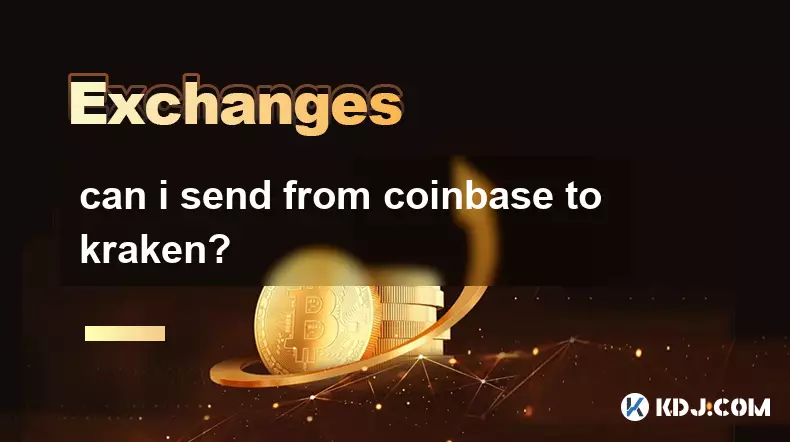
can i send from coinbase to kraken?
Oct 18,2025 at 03:37am
Transferring Funds from Coinbase to Kraken Sending cryptocurrency from Coinbase to Kraken is a common practice among traders seeking better liquidity,...
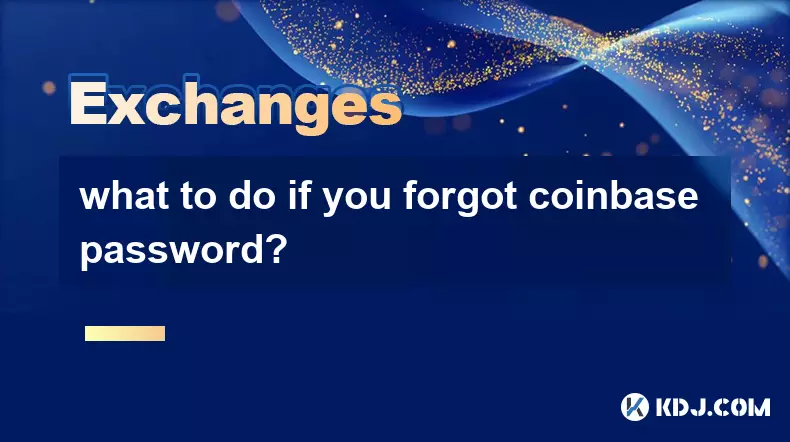
what to do if you forgot coinbase password?
Oct 18,2025 at 12:01am
Recovering Access to Your Coinbase Account1. Visit the official Coinbase login page and click on the “Forgot password?” link located beneath the passw...
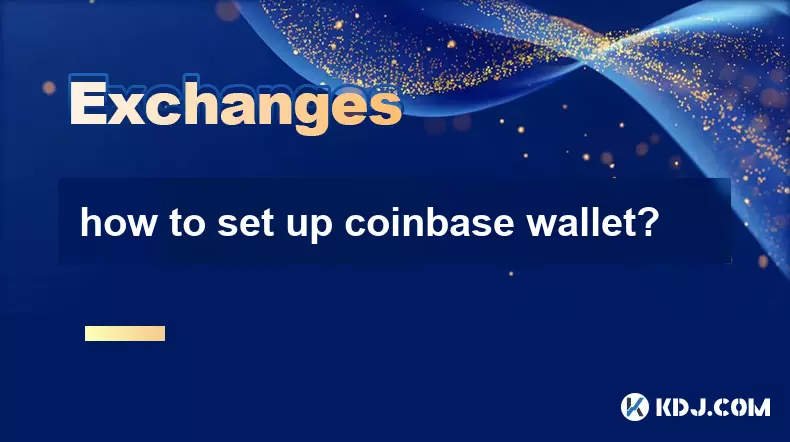
how to set up coinbase wallet?
Oct 17,2025 at 10:54am
Creating Your Coinbase Wallet Account1. Navigate to the official Coinbase Wallet website or download the mobile application from the App Store or Goog...
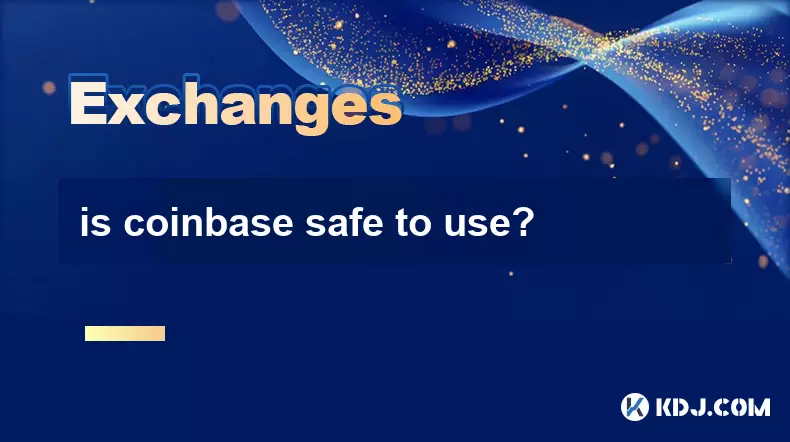
is coinbase safe to use?
Oct 17,2025 at 12:18pm
Security Measures Implemented by Coinbase1. Coinbase employs advanced encryption protocols to protect user data and funds. All sensitive information i...
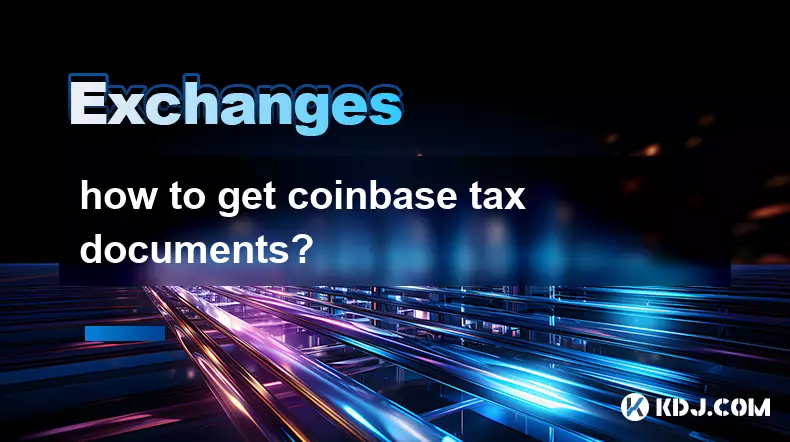
how to get coinbase tax documents?
Oct 17,2025 at 05:18am
Tax Documentation Overview on Coinbase1. Coinbase provides tax-related documents to help users report cryptocurrency transactions accurately. These do...

how to withdraw money from coinbase to bank account?
Oct 17,2025 at 11:00pm
How to Initiate a Withdrawal from Coinbase to Your Bank Account1. Log in to your Coinbase account through the website or mobile application. Ensure th...

can i send from coinbase to kraken?
Oct 18,2025 at 03:37am
Transferring Funds from Coinbase to Kraken Sending cryptocurrency from Coinbase to Kraken is a common practice among traders seeking better liquidity,...

what to do if you forgot coinbase password?
Oct 18,2025 at 12:01am
Recovering Access to Your Coinbase Account1. Visit the official Coinbase login page and click on the “Forgot password?” link located beneath the passw...

how to set up coinbase wallet?
Oct 17,2025 at 10:54am
Creating Your Coinbase Wallet Account1. Navigate to the official Coinbase Wallet website or download the mobile application from the App Store or Goog...

is coinbase safe to use?
Oct 17,2025 at 12:18pm
Security Measures Implemented by Coinbase1. Coinbase employs advanced encryption protocols to protect user data and funds. All sensitive information i...

how to get coinbase tax documents?
Oct 17,2025 at 05:18am
Tax Documentation Overview on Coinbase1. Coinbase provides tax-related documents to help users report cryptocurrency transactions accurately. These do...

how to withdraw money from coinbase to bank account?
Oct 17,2025 at 11:00pm
How to Initiate a Withdrawal from Coinbase to Your Bank Account1. Log in to your Coinbase account through the website or mobile application. Ensure th...
See all articles










































































